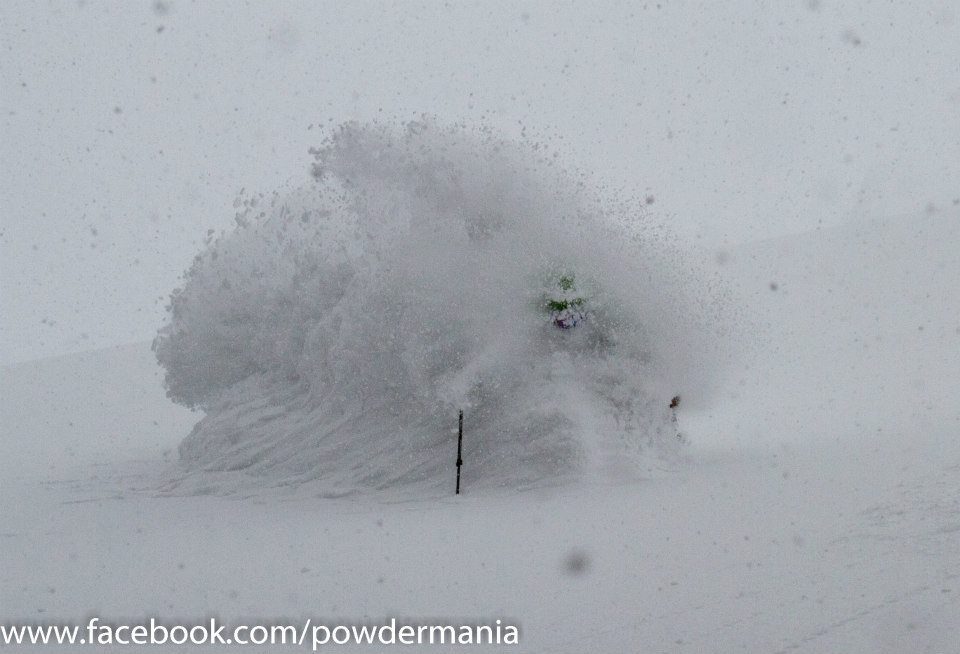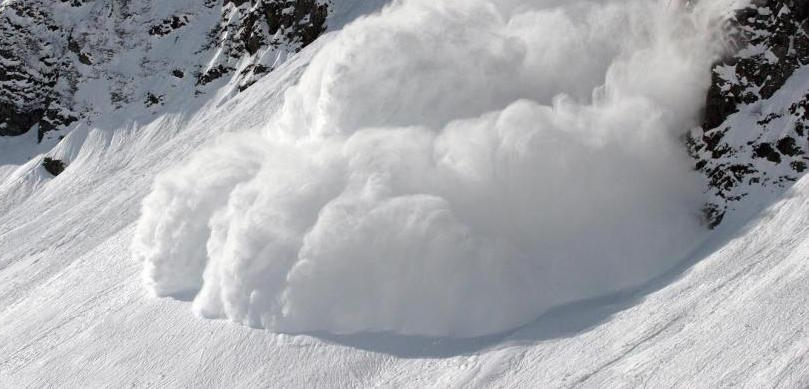
Brought to you by HAKUBAVALLEY
If a trip to Japan isn’t on your bucket list, it should be.
Because of its deep powder, massive inventory of skiable terrain, and rich and unique culture, Japan has been attracting skiers and boarders from all over the world. With over 600 ski resorts, and some of the world’s greatest lift accessible backcountry, you’ll find yourself in absolute euphoria, add in a few of their legendary dumps of snow (up to 100-125 feet per year) and you’re in for one of the best experiences of your life.
One of the most important reasons to book a trip to Japan this winter season? Storm cycles don’t matter like they do in North America! A cold wind blows out of Siberia, crosses the Sea of Japan, picks up moisture, and that moisture slams into the mountains of Japan resulting in ceaseless snowfall – especially in January and February.
Ready pull the trigger on a trip to Japan? To help you prepare for your next trip to Japan, with the help of Snowbrains founder, and seasoned Japan traveler Miles Clark, we’ve compiled a list of the key items that you should be taking with you.
WHAT TO BRING ON A SKI/BOARD TRIP TO JAPAN:
***
1. Big Powders Skis

A pair of nice wide skis with at least 115mm underfoot is an absolute must. The snow dumps in Japan and is very light, you’ll want some skis that will keep you on top so you can make the most tracks possible.
2. Neck Gaiter

Not only is Japan cold, but with all that fresh snow you’ll be hitting a lot of face shots. Don’t let them slow you down, keep yourself covered and warm so you can rip the whole day.
3. Low Light Goggle Lenses

Having the right goggle lens can make or break your ski experience. Low light lenses will give you the best visibility in the average Japan snow conditions. Both thick snowfall and flat light are common in Japan and you’ll want to be prepared. Smith Vice is always a solid choice and available in various lens shades.
4. Warm Helmet

Not only do you want to protect your head from an injury that could compromise your whole trip, but you’ll want to keep it warm. Try for a helmet with built-in liner, and even better, one with an adjustable headband to keep it fitting properly and safely. We recommend the Smith Vantage MIPS Helmet, one of the safest, warmest on the market.
5. Waterproof Jacket and Pants

It might be cold, but when you’re charging through loose snow and sitting on the lifts between hot laps water will be looking to find it’s way into your jacket. Get a good jacket and pants that you know will keep you dry, there’s nothing worse than being wet on the slopes. Patagonia outerwear with the Gore-Tex membrane will always keep you dry.
6. Touring Bindings

If you’re a backcountry tourer, you’ll want to bring your touring bindings. Japan is popular for resort accessed backcountry skiing and it’s not something you’ll want to miss out on.
7. Skins

Going hand in hand with touring bindings, you’ll want your skins so you can access the backcountry with ease.
8. Big Warm Gloves

A pair of big, warm, waterproof gloves are a must. Temperatures are low and your extremities feel the cold first. A pair of mitts will often keep your hands warmer than gloves with individual fingers. Bring at least one pair of extras as well that way you have a fresh, dry pair every day.
9. Warm Mid Layers

Warm mid layers will keep you warm in those cold temperatures when the snow dumps and you start to get wet. Wool or fleece perform well even when wet, steer clear of any cotton layers as they absorb water and quickly lose their insulating ability.
10. GoPro

This one is a given for any big ski trip. You’ll want to get those face shots on film, snap a picture of your favorite meal, and document your fun in Tokyo and a GoPro is the perfect tool to do all of that.
11. Solid Backpack

Since you’ll be heading out into the backcountry, you’ll need a pack that can carry more than just a sandwich. A pack that is close to 40L and is lightweight yet well made to carry all your gear, such as the Osprey Variant 37L, will get you from the lodge to the backcountry in an efficient fashion.
12. Beacon, Probe, Shovel

The three backcountry essentials. If you don’t have them already, you’ll want them for this trip. Do your research, talk to an expert, and find out what features best suit your needs. We recommend Backcountry Access (BCA) equipment as it is well made and always reliable.
13. Avalanche Classes

Japan is known for its epic resort accessed backcountry and for its avalanches. Take an avalanche information course to learn and practice the skills necessary while skiing and traveling in the backcountry. This is essential in keeping yourself, and others, alive in the backcountry.
14. A Good Ski Partner

The only thing better than a ski trip to Japan is doing it with a friend. This is even more important when heading into the backcountry. Going with someone you know and trust will be far safer than going with someone you’ve never met before.
Alright, you’ve got everything on your list. You’re all jacked up to ski some deep snow and you’ve got your favorite ski partner convinced to join you. Now get online and book your trip, you won’t regret it!




